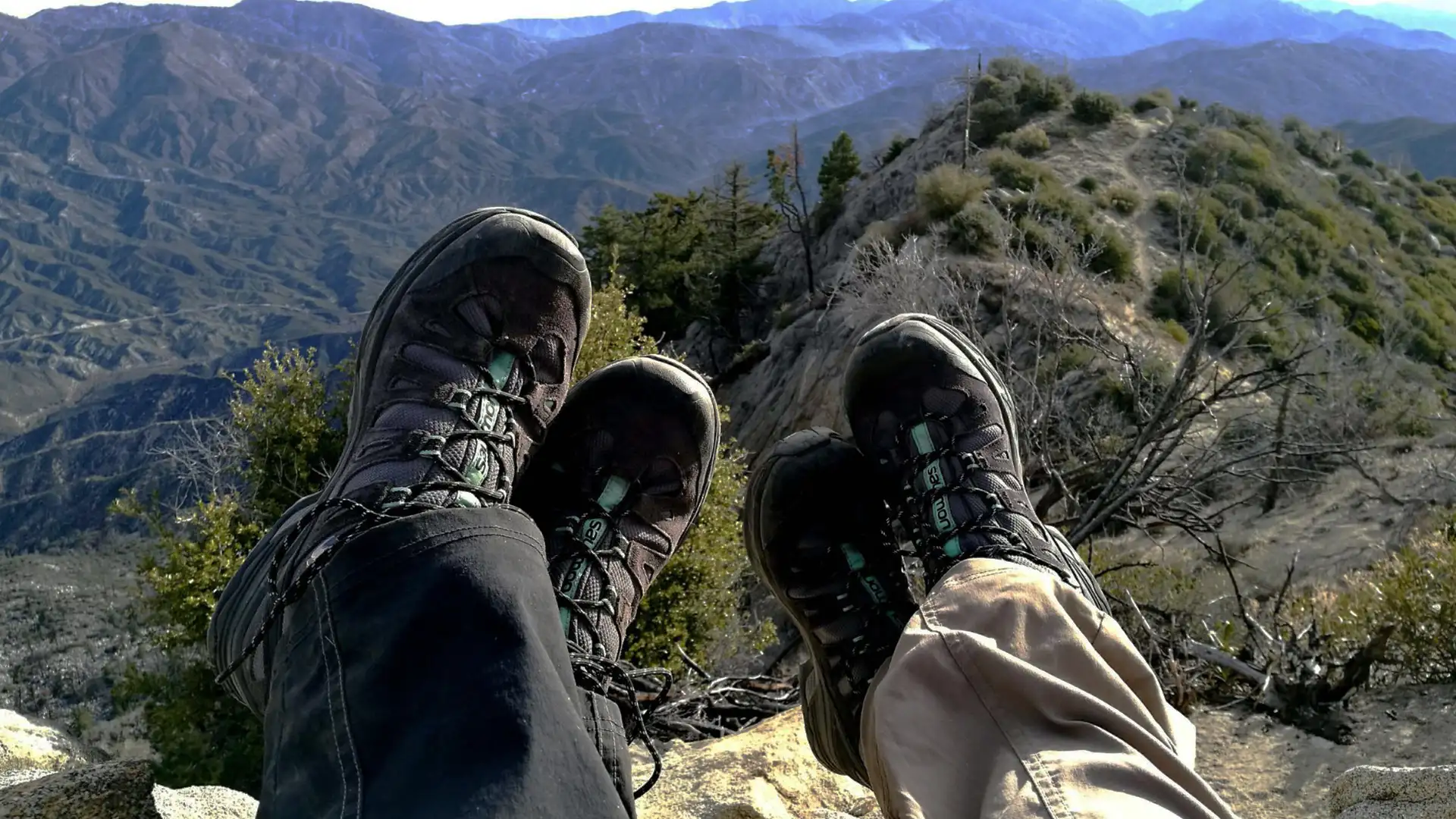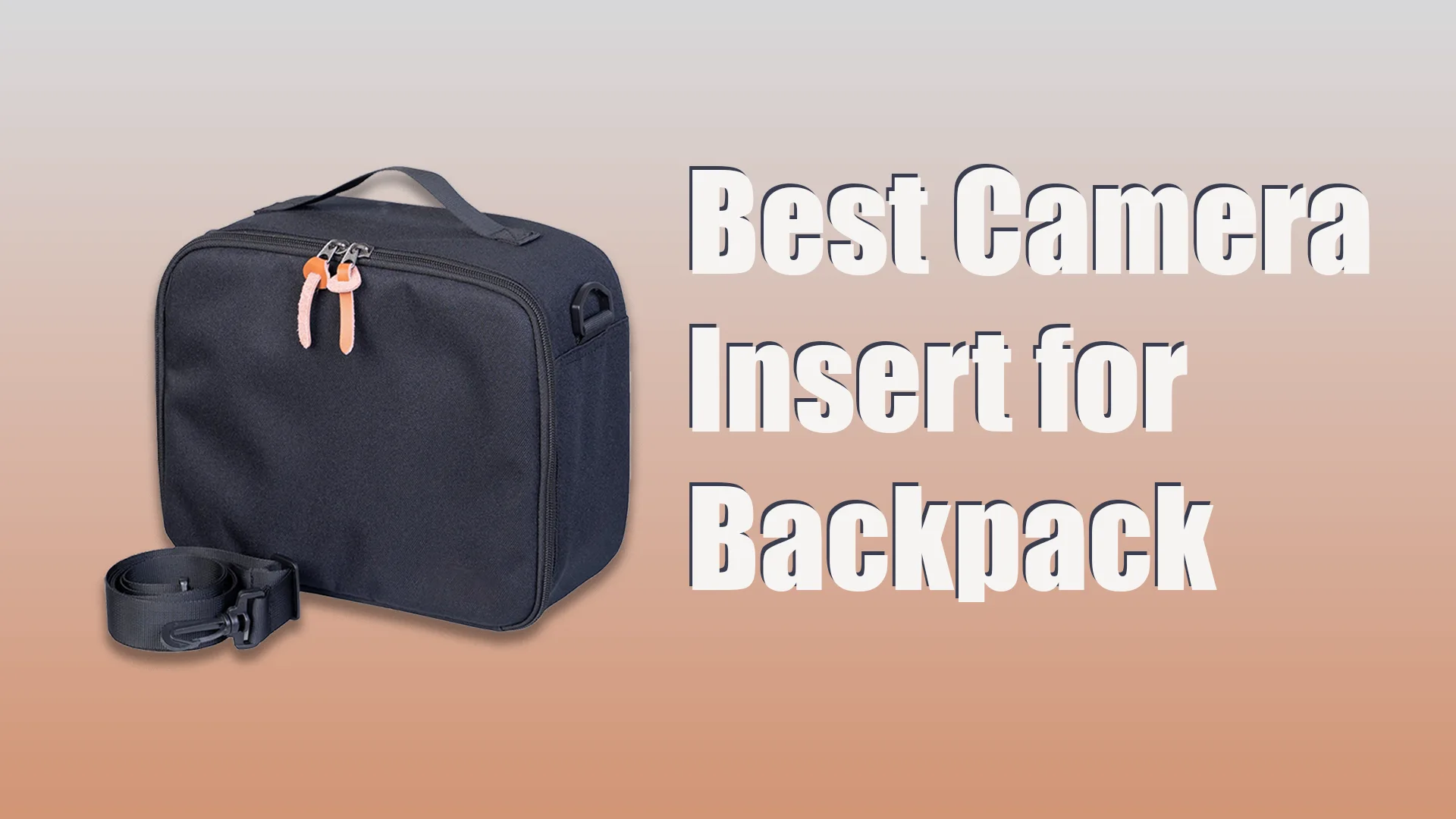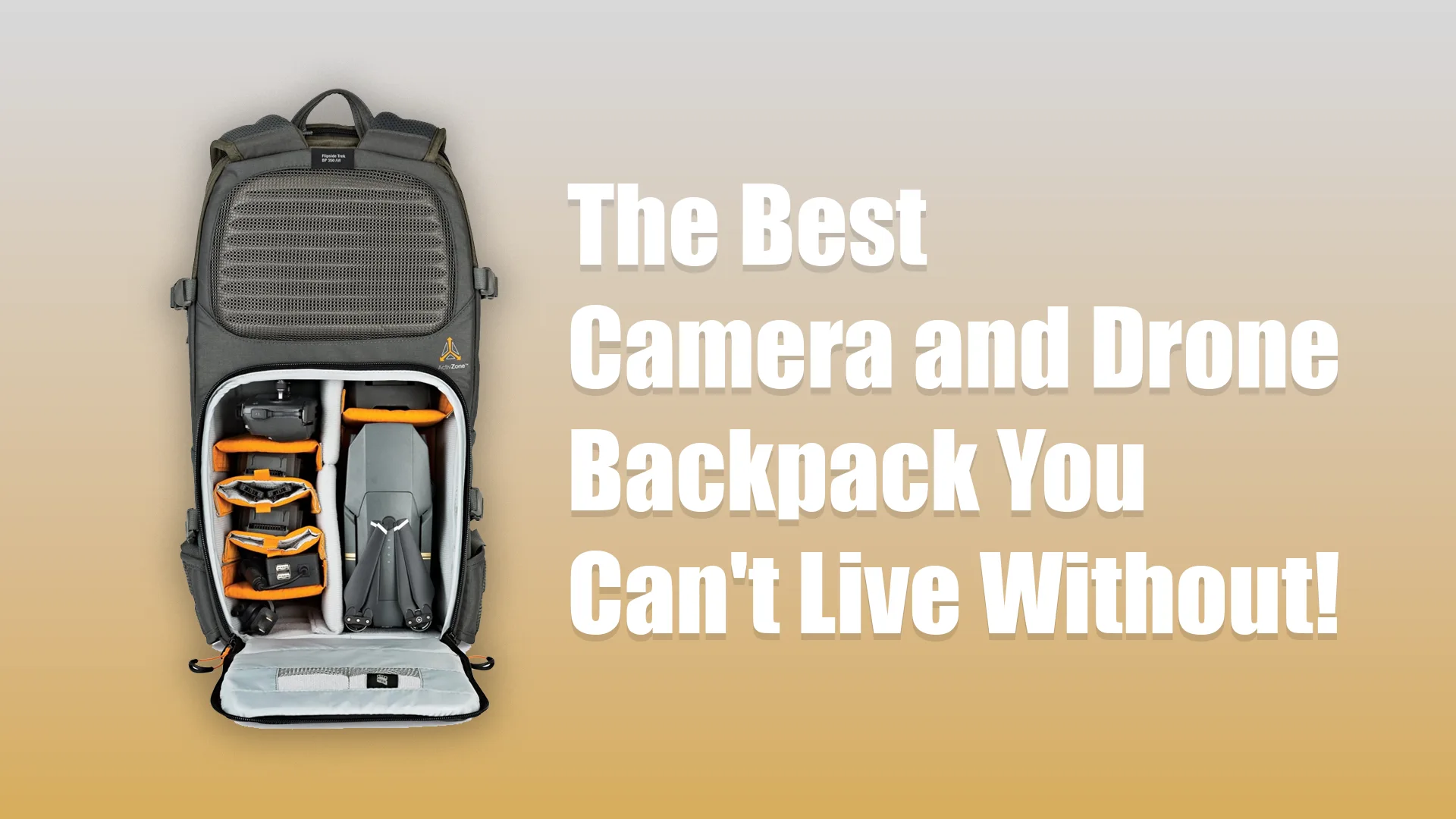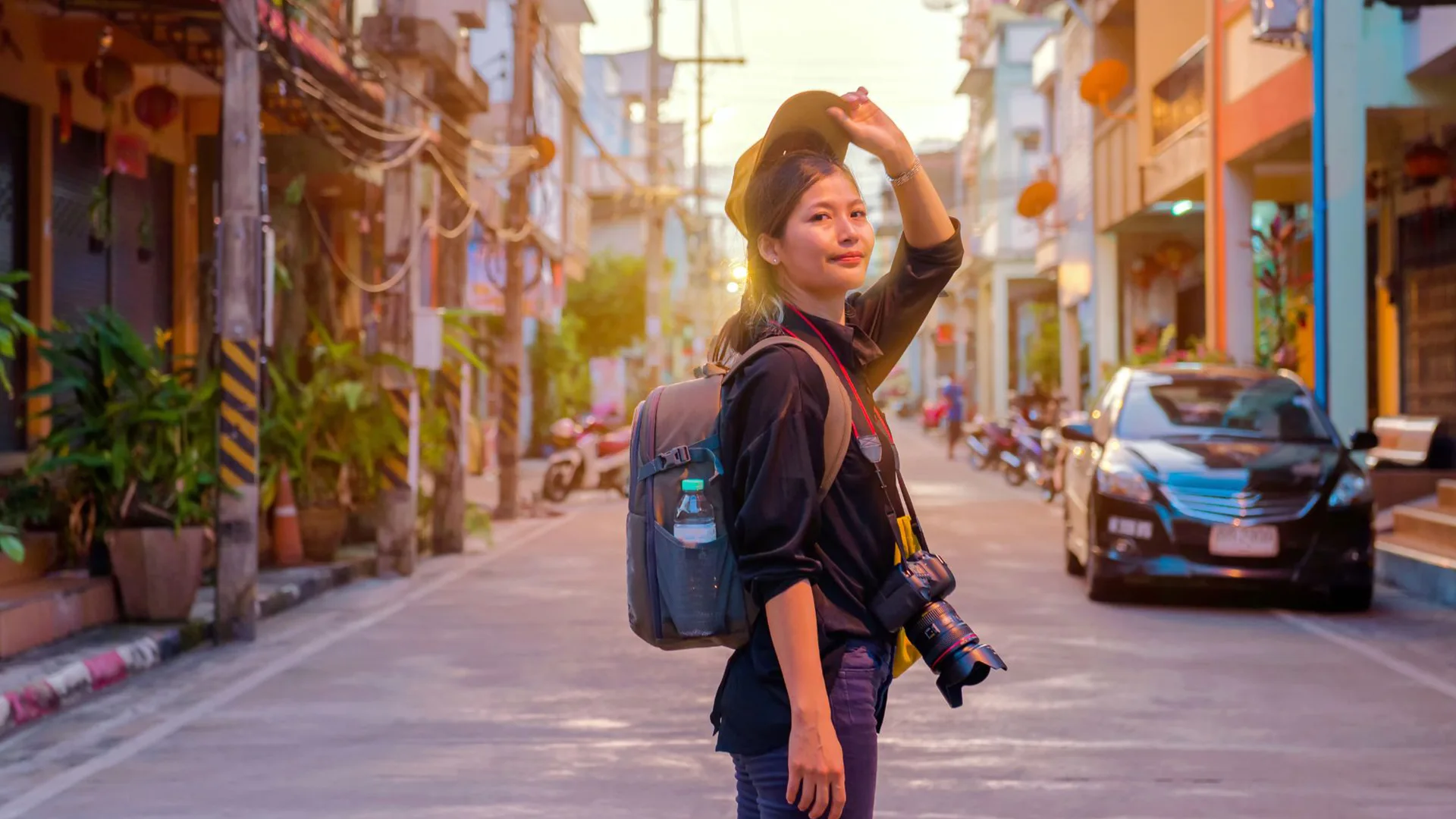As more and more outdoor enthusiasts adapt to barefoot hiking, the popularity of barefoot hiking continues to increase. If you’ve never hiked barefoot and are considering doing so, make sure you have the proper shoes to get started. This guide will explain everything you need to know about n hiking shoes, including what they are, what their benefits are, and how you can select them so that they can meet your specific needs.
What Are Barefoot Hiking Shoes?
Barefoot hiking shoes also known as minimalist shoes are socks-like shoes that are designed to maximize the natural sensations of walking in terms of the feel and contact your feet make with the ground while still protecting your feet from the most rough terrains. Unlike conventional hiking boots which are styled to restrict foot movement, barefoot shoes are made with thin, flexible soles which allow your feet to function normally and work more foot muscles. These shoes typically feature a toe box that is wider than normal to let your toes spread freely and they are usually made of lighter materials.
The concept of barefoot hiking shoes is to establish a natural and deeper relationship with the surface of the trail, which makes it easier to balance yourself and use the appropriate muscles.
Benefits of Barefoot Hiking Shoes for Beginners
Switching to barefoot hiking shoes has its pros when adopted by novices. They include:
- Movement and Function: The minimal design allows feet to flex, bend, and move as if one is barefoot which leads to greater strength, and greater mobility of feet.
- Development of Better Balance: As you would not have to wear thick soles, the greater sense of feel for the terrain that is developed will help in the balancing act, and body awareness (awareness of one’s position in space).
- Lightweight and Flexibility: There is more weight due to the stiff boot top so one’s ankle is able to remain in place, a weight up from barefoot hiking sandals or boots.
- Resistance Training: The muscle of the foot is engaged because there is a thin sole which over time would become stronger and lead to stronger foot and calf muscles.
Things to Consider When Choosing Barefoot Hiking Shoes for Beginners
For a rookie selecting barefoot hiking shoes, here are a couple of factors that you need to take into account:
- Fit and Comfort: The fit is man to a shoe. Proper fit is significant. Your toes should be able to spread of their own without restriction since your shoes should possess a wide toe box. They should be snug enough but not so tight that they hurt.
- Sole Thickness: Although barefoot shoes have thin soles, they differ with the amount of protection they provide. A beginner will tend to a little thick sole as this will offer some level of comfort on rough terrain.
- Grip and Traction: Shoes with grippy soles are prime as they help to ensure stability when climbing different surfaces. Barefoot shoes tend to have lug patterns on the bottom of the shoe that aid in hiking performance by increasing the surface contact with the ground.
- Materials: Porous breathable materials can add to the comfort of wearing these shoes. This is noticeably beneficial in the hot season. Some of the barefoot hiking shoes are water resistant as well and hence come in handy in water-logged places.
Top Brands for Barefoot Hiking Shoes
Here’s a list of Top 10 Brands for Barefoot Hiking Shoes, including prices, pros, cons, and website links to help you get started on your barefoot hiking journey.
1. Vivobarefoot
Website: Vivobarefoot
Price Range: $120 – $190
Pros:
- Wide toe box for natural foot splay
- Eco-friendly materials (recycled plastic, natural rubber)
- Excellent ground feel and flexibility
- Durable for long hikes
Cons:
- High price point
- Thin soles can be uncomfortable for beginners on rocky terrain
Best Models for Beginners:
- Primus Trail II FG
- Tracker Forest ESC
2. Merrell
Website: Merrell
Price Range: $100 – $130
Pros:
- Lightweight with decent cushioning for beginners
- Durable and great for various terrains
- Good grip and traction
Cons:
- Less barefoot feel due to slight cushioning
- Can feel a bit tight for those with wide feet
Best Models for Beginners:
- Trail Glove 7
- Vapor Glove 6
3. Xero Shoes
Website: Xero Shoes
Price Range: $110 – $150
Pros:
- Ultra-lightweight and flexible
- Barefoot feel with excellent ground contact
- Wide toe box for comfort
Cons:
- Thin soles may not offer enough protection on rocky trails
- Some users report durability issues on more rugged terrains
Best Models for Beginners:
- Mesa Trail II
- TerraFlex II
4. Lems
Website: Lems
Price Range: $125 – $175
Pros:
- Zero-drop design for natural foot positioning
- Lightweight and breathable materials
- Spacious toe box
Cons:
- Limited designs and color options
- Not as rugged for very technical trails
Best Models for Beginners:
- Boulder Boot
- Trailhead V2
5. Altra
Website: Altra
Price Range: $130 – $180
Pros:
- Wide toe box for natural foot spread
- Zero-drop for proper posture and alignment
- Well-cushioned, ideal for beginners transitioning to barefoot shoes
Cons:
- Heavier than most barefoot shoes
- Less ground feel due to extra cushioning
Best Models for Beginners:
- Lone Peak 7
- Superior 6
6. Wildling Shoes
Website: Wildling Shoes
Price Range: $100 – $160
Pros:
- Super flexible, allowing full foot movement
- Sustainable materials (organic cotton, wool)
- Lightweight and breathable
Cons:
- Less protection on rougher terrains
- Limited waterproof options
Best Models for Beginners:
- Tanuki
- Nebula
7. Joe Nimble
Website: Joe Nimble
Price Range: $150 – $220
Pros:
- High-quality, durable materials
- Wide toe box to prevent foot deformities
- Good combination of protection and ground feedback
Cons:
- Expensive compared to other brands
- Not widely available globally
Best Models for Beginners:
- Trail Toes
- NimbleToes Addict
8. Freet Footwear
Website: Freet Footwear
Price Range: $90 – $150
Pros:
- Affordable option for minimalist footwear
- Versatile, suitable for multiple activities (hiking, running)
- Water-resistant and durable
Cons:
- Thinner soles may take time to adjust to
- Not as comfortable for extremely rough terrain
Best Models for Beginners:
- Freet Tundra
- Freet Mudee
9. Topo Athletic
Website: Topo Athletic
Price Range: $120 – $180
Pros:
- Wide toe box and zero-drop design
- Slight cushioning for comfort during long hikes
- Durable outsole with good grip for technical trails
Cons:
- More cushioning means less ground feel
- Slightly heavier than other barefoot options
Best Models for Beginners:
- Ultraventure 3
- Terraventure 3
10. Feelmax
Website: Feelmax
Price Range: $100 – $140
Pros:
- Ultra-minimalist design with great ground feedback
- Flexible and lightweight for a natural barefoot experience
- Thin, durable sole for natural foot movement
Cons:
- Thin sole may not provide enough protection on rocky terrains
- Limited availability and design options
Best Models for Beginners:
- Kuuva 5
- Vasko 2
These are the Top 10 Brands for Barefoot Hiking Shoes, offering a variety of options to suit different hiking needs and preferences. Whether you’re looking for a high-performance shoe or a beginner-friendly model, these brands provide excellent choices for exploring the world of barefoot hiking.
How to Transition to Barefoot Hiking Shoes Safely
If you are new to barefoot hiking shoes, then it is essential that the transition go slow so you don’t end up injuring yourself. Here are a few tips:
- Start Gradually: This is just saying wear your barefoot hiking shoes for short walks or hikes and increase the distance as your feet get used to this new style.
- Strengthen Your Feet: Do some foot exercises that strengthen the muscles of your feet, which in turn support your arches and ankles.
- Listen to Your Body: If it hurts, don’t do it. A little initial soreness is expected, but if it continues, it means decreasing either your distance or frequency.
Care and Maintenance Tips for Barefoot Hiking Shoes
Caring for your barefoot hiking shoes will prolong their life. Here’s how:
- Cleaning: After every hike, wipe down with a damp cloth to get the dirt and debris off. For especially muddy hikes, you might have to hand wash them in mild soap and water.
- Drying: Do not expose the shoes to direct heat; let it air dry in a well-ventilated area.
- Care of the sole: check regularly for wear. Some barefoot hiking shoes have replaceable soles, and it is this feature that makes them more viable for longevity in use.
Conclusion: Embrace the Barefoot Hiking Experience for Beginners
Hiking in barefoot shoes as a beginner can be quite a rewarding experience because of the way this connects with nature-one of the most natural and immersive ways out there. With the right shoes, you can work your way toward stronger feet, improved balance, and closer connections to the trails. Provided you make the transition at your own pace, select a good brand, and follow any care guidelines, you will be fully equipped to take maximum benefit of your barefooted hiking adventure. Whether you are hiking in the mountains or taking a casual nature walk, barefoot hiking shoes will let you have a feel of the great outdoors, but with comfort.
Frequently Asked Questions (FAQs)
Q: Can all trails be done with barefoot hiking shoes?
A: Barefoot hiking shoes function well on various types of trails but should be introduced gradually, especially for novices, on much less technical terrains to get accustomed to the feel of the shoes.
Q: Do barefoot hiking shoes cause pain in the feet?
A: You will be sore while your feet transition if you transition too fast. That being said, with good conditioning, the opposite will be true; barefoot shoes can help strengthen the feet and eliminate some pains over time.
Q: How long does it take to get used to barefoot hiking shoes?
A: The time for transition is different for everybody, but usually, it takes a few weeks up to several months. Begin slowly, starting with short distances and gradually increasing your time.




